Steering: precision and safety
Choosing the right steering system
Choosing the right steering system for my Ford GT40 MKIV was one of those decisions where precision and safety were once again paramount.
When designing the frame, it quickly became clear that the original, unchanged track width on the front axle in conjunction with the wide rims would lead to very short wishbones and track rods. This generates high steering forces, especially when using modern tires. Servo assistance was therefore indispensable – especially for a car that puts over 500 hp on the road.
I naturally opted for a power steering system from the racing world. This solution combines the best of both worlds: the direct and precise control I want with the necessary support to move the car safely and comfortably. After a lot of research and a few discussions with experts from racing teams, I chose the Woodward Precision Power Steering System.
Why Woodward?
- A flexible modular system: I am not aware of any other supplier that really offers such extensively customizable power steering systems for such projects.
Woodward convinced me with their modular approach, which allowed me to customize the steering to the exact requirements of my car. This flexibility was the decisive point for me. - Racing quality: Woodward stands for racing. Their products are not only developed for everyday use, but also for tough use on the race track. The fact that they were recently successful in the LMP2 class at Le Mans with the steering system I used shows how seriously they take their work – and that’s exactly what I wanted for my project.
- Perfect integration into the CAD model: A big plus point was that Woodward was the only company willing to provide me with a STEP file of their system. This file helped me immensely to integrate the steering system seamlessly into my CAD model and ensure that it fits perfectly.
I only had to fill out a data sheet with a few details, received the corresponding CAD file after 3 days and after only 3 weeks from the USA I have the steering system here in my workshop.
Choosing Woodward not only made technical sense, but also gave me the feeling that I had taken another important step towards my dream. I am always impressed by how much engineering skill goes into a system like this. I am sure that it will make a decisive contribution to making my GT40 MKIV a vehicle that not only looks like a racing car, but also feels like one.
Tuning the steering to the chassis geometry
Matching the steering to the chassis geometry is an extremely complex task. It’s not just about correctly calculating the Ackermann angle – the different steering geometry of the front wheels in a bend. Modern suspension designs take far more into account: for example, the steering angle of the front wheels changes during compression and rebound, ideally in such a way that the driving characteristics are improved.
Unwanted steering movements due to compression or rebound – the famous “bump steering” – must be avoided at all costs, as it significantly impairs cornering behavior and therefore driving safety.
These dynamic kinematics considerations are a field of their own that could be the subject of entire books – and that would go beyond the scope of this article. I must honestly admit that I couldn’t manage this task on my own. Fortunately, I was able to count on the support of my friend Uwe Bleck (kinematic engineer) for the steering geometry, who helped me considerably with his knowledge and experience. Finding the correct pivot points in space and designing the geometry in such a way that it fulfills both the historical charm and the requirements of a modern, high-performance vehicle was an enormous challenge.
It was already complicated enough for me to design the necessary pivot points on the wheel and frame.
Of course, the rear axle should not be forgotten, as the wheel is also held at the correct angle by a tie rod. With the correct arrangement of the mounting points, it is even possible to achieve that the rear wheels “steer” slightly when deflecting and thus further improve the riding characteristics.
The whole issue of suspension and steering is simply overwhelming. With over 25 degrees of freedom, you can quickly become dizzy. During the coronavirus pandemic, I spent months familiarizing myself with the system and now I just understand the basics. Even if you theoretically grasp everything, you simply don’t have the many thousands of hours of test work on the racetrack. I am convinced that only experts can solve this complex puzzle.
Without the help of my two friends Uwe Bleck and Andy Köhler, who don’t know each other, this would have been impossible for me. And if they did know each other, they would probably have endless discussions about which is better – and it often remains unclear who is actually right! 😊
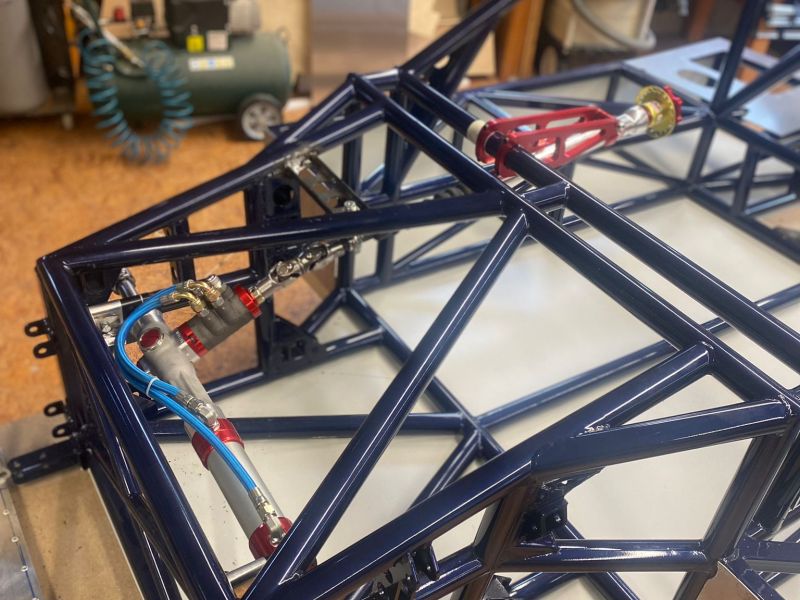
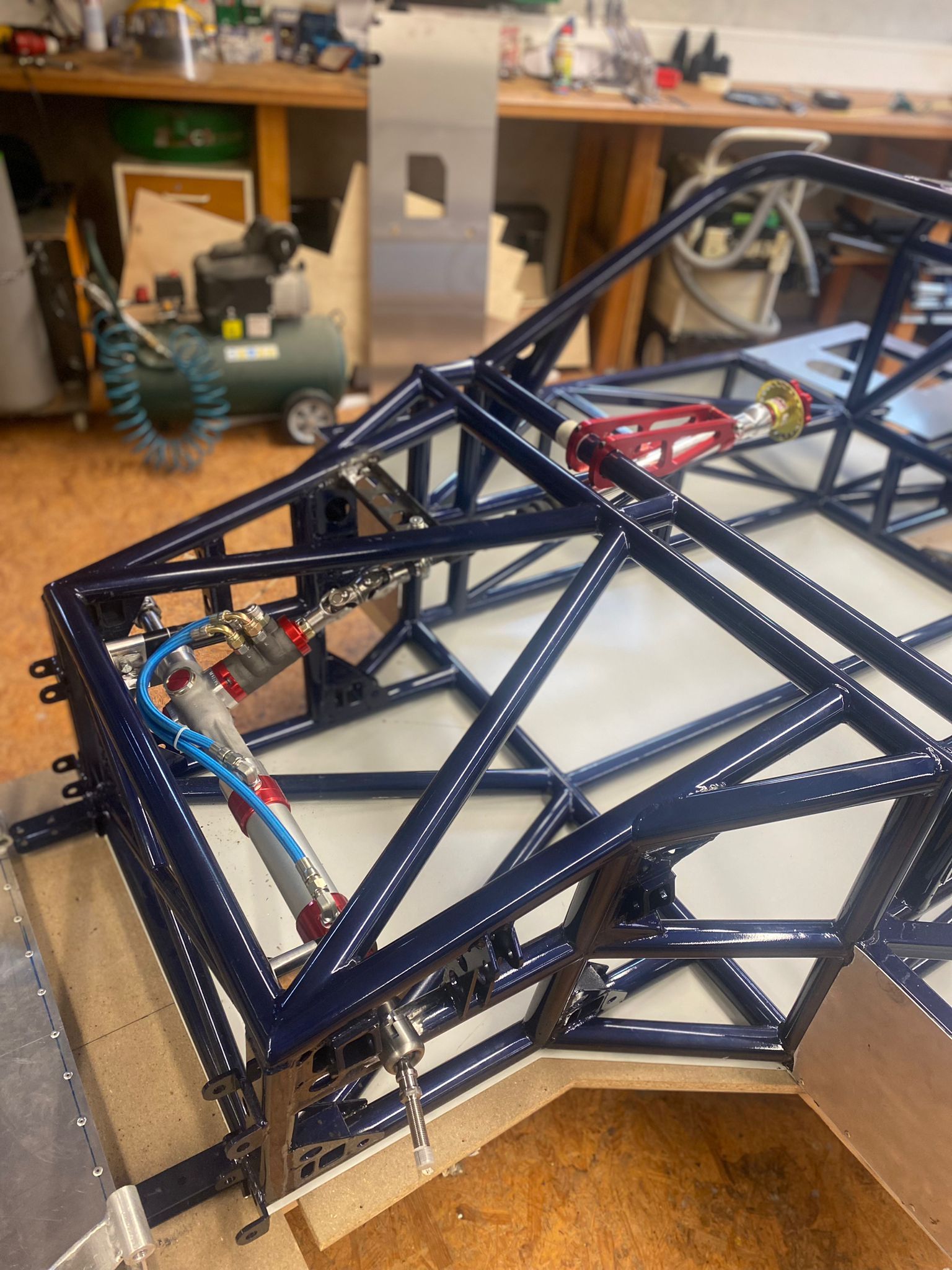
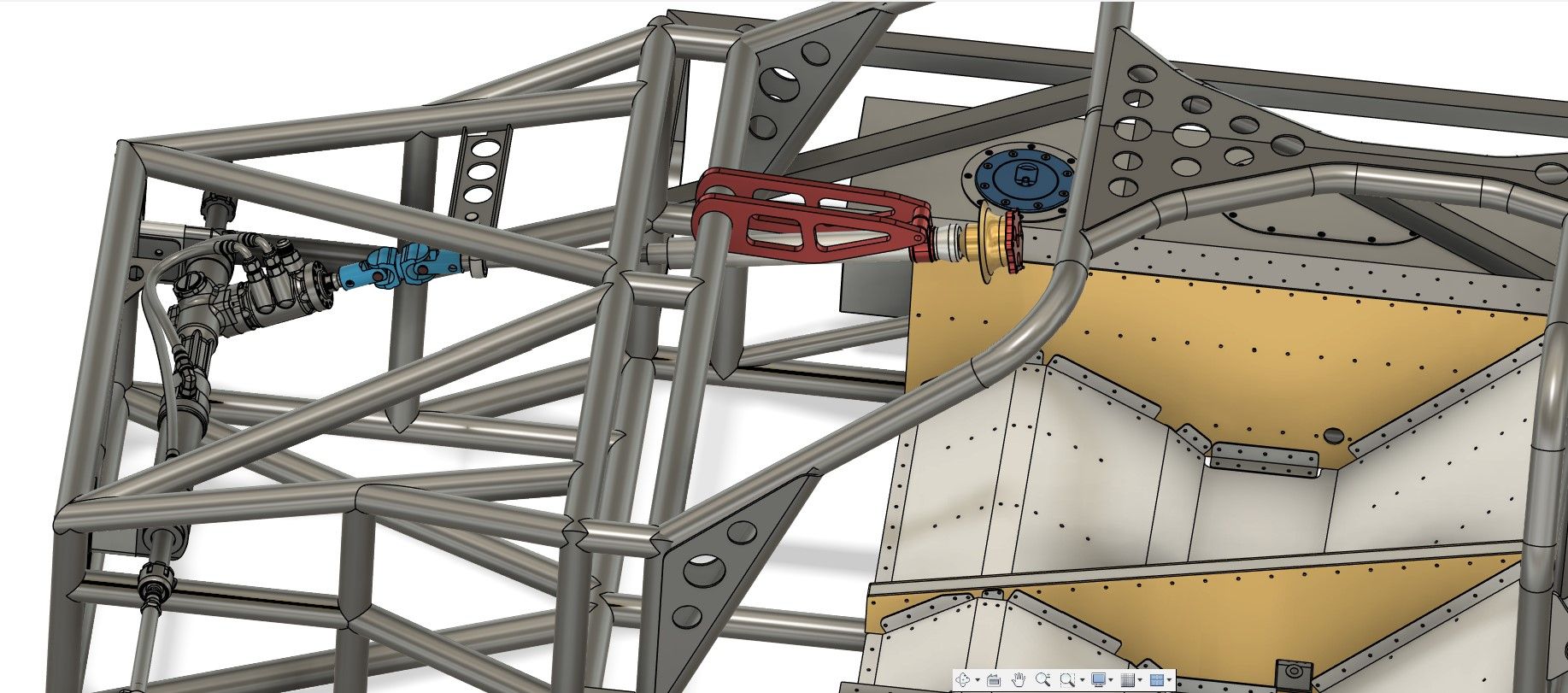
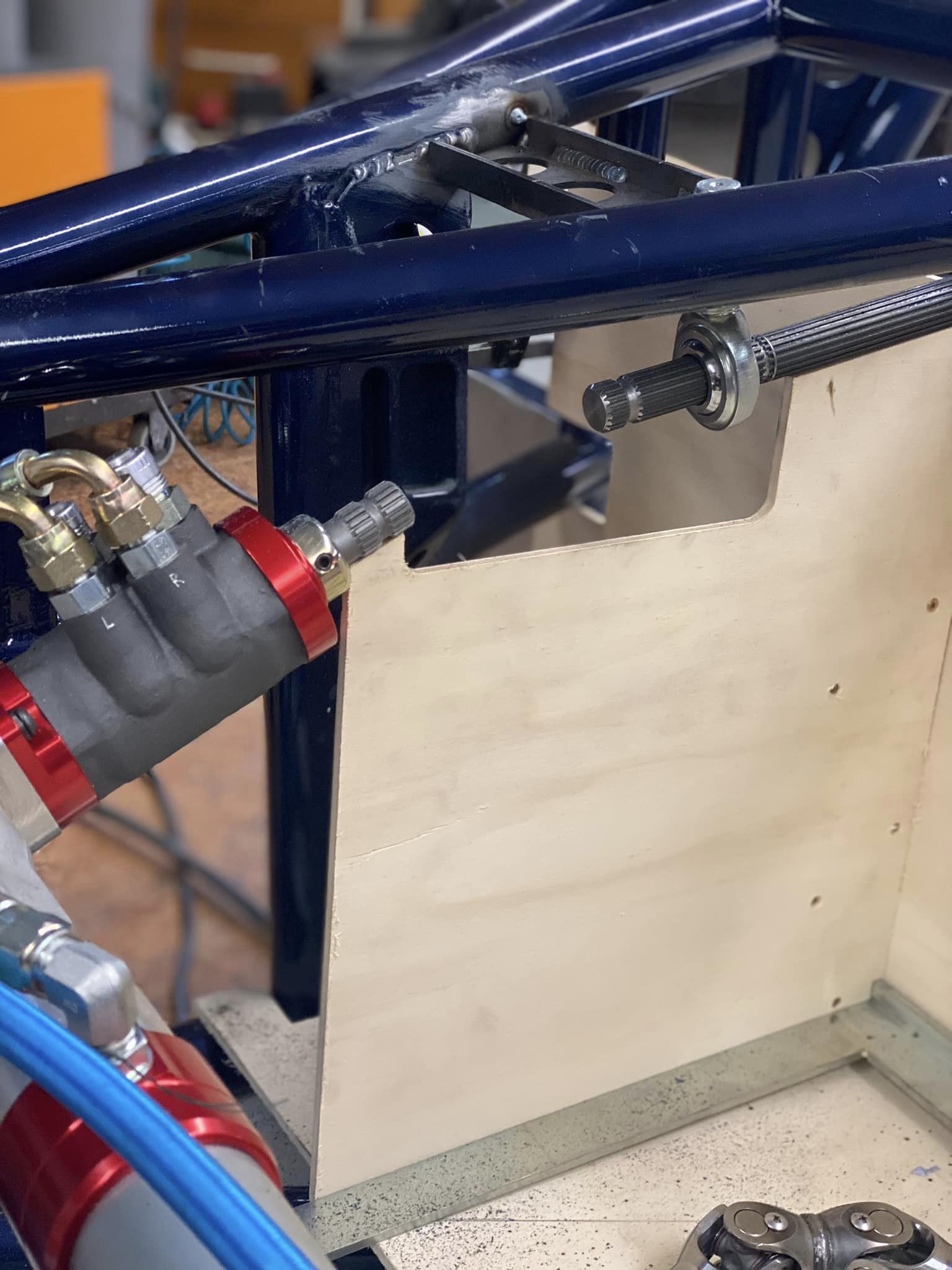
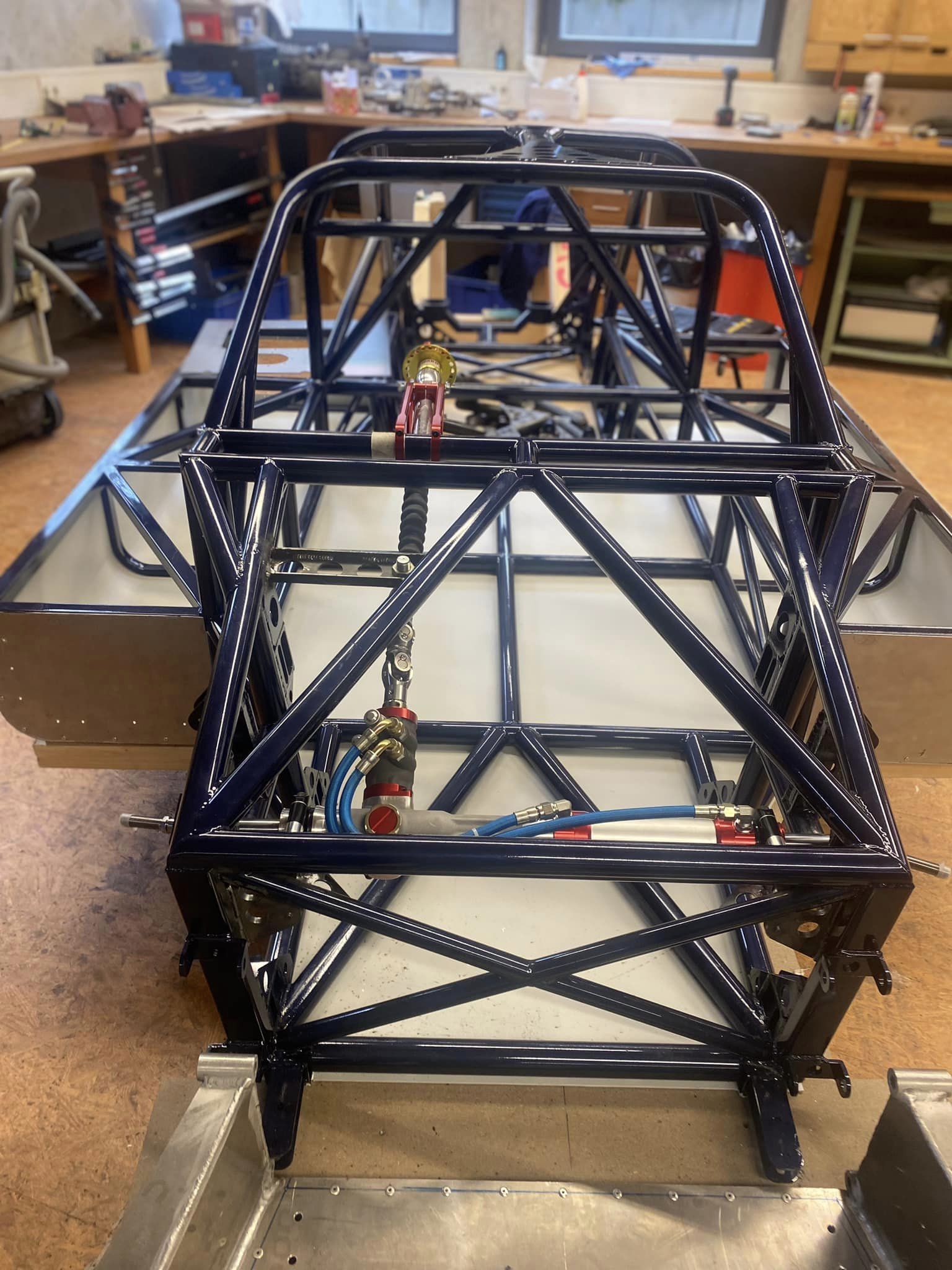
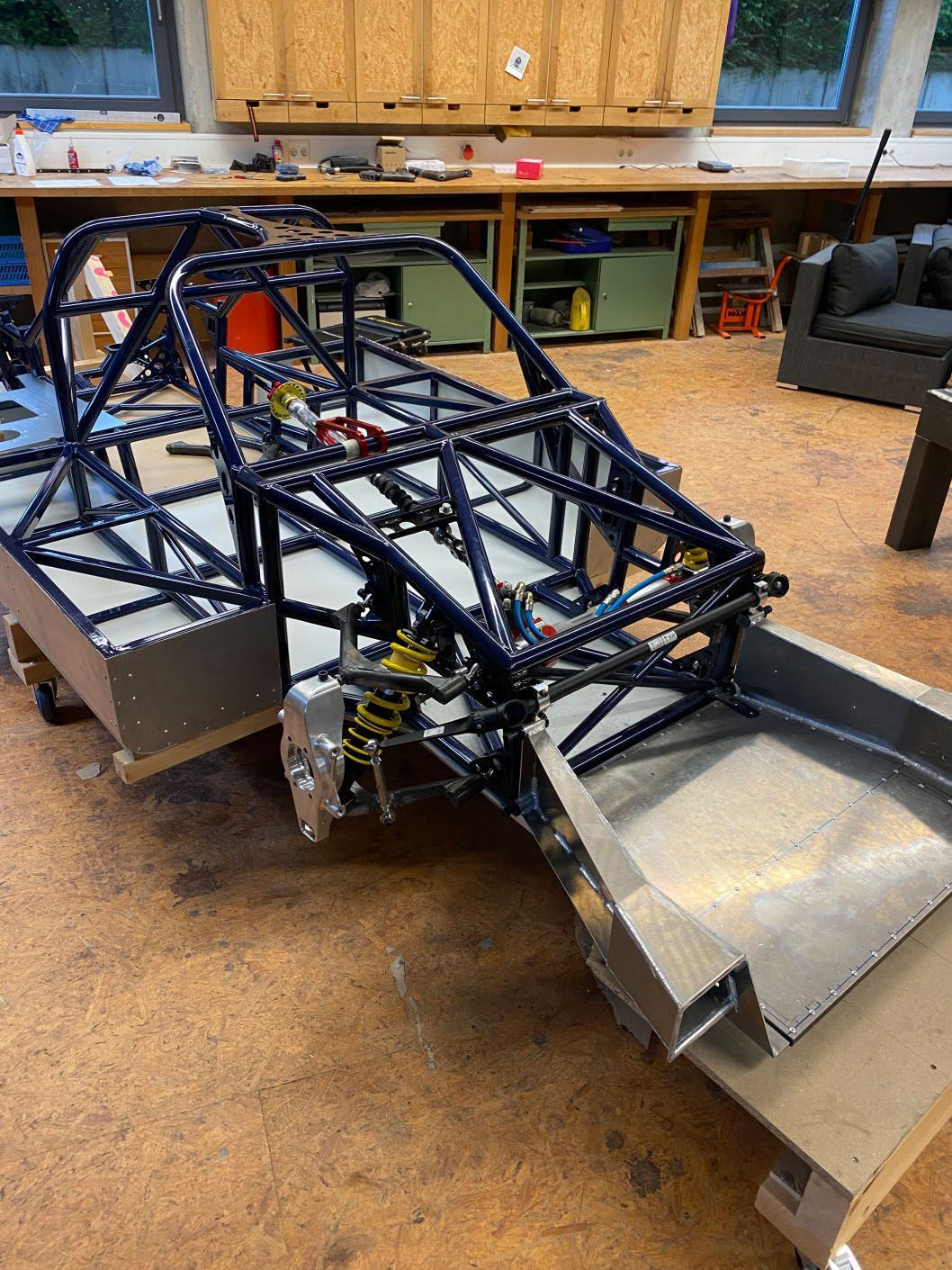
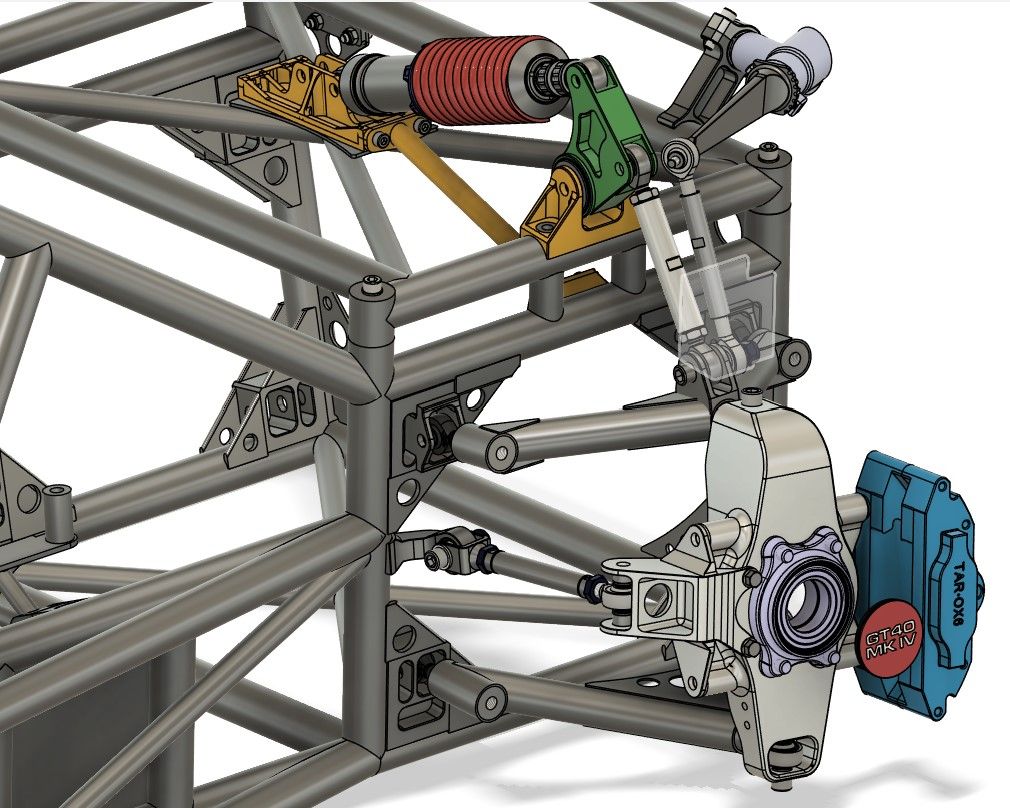
Leave a Reply
You must be logged in to post a comment.